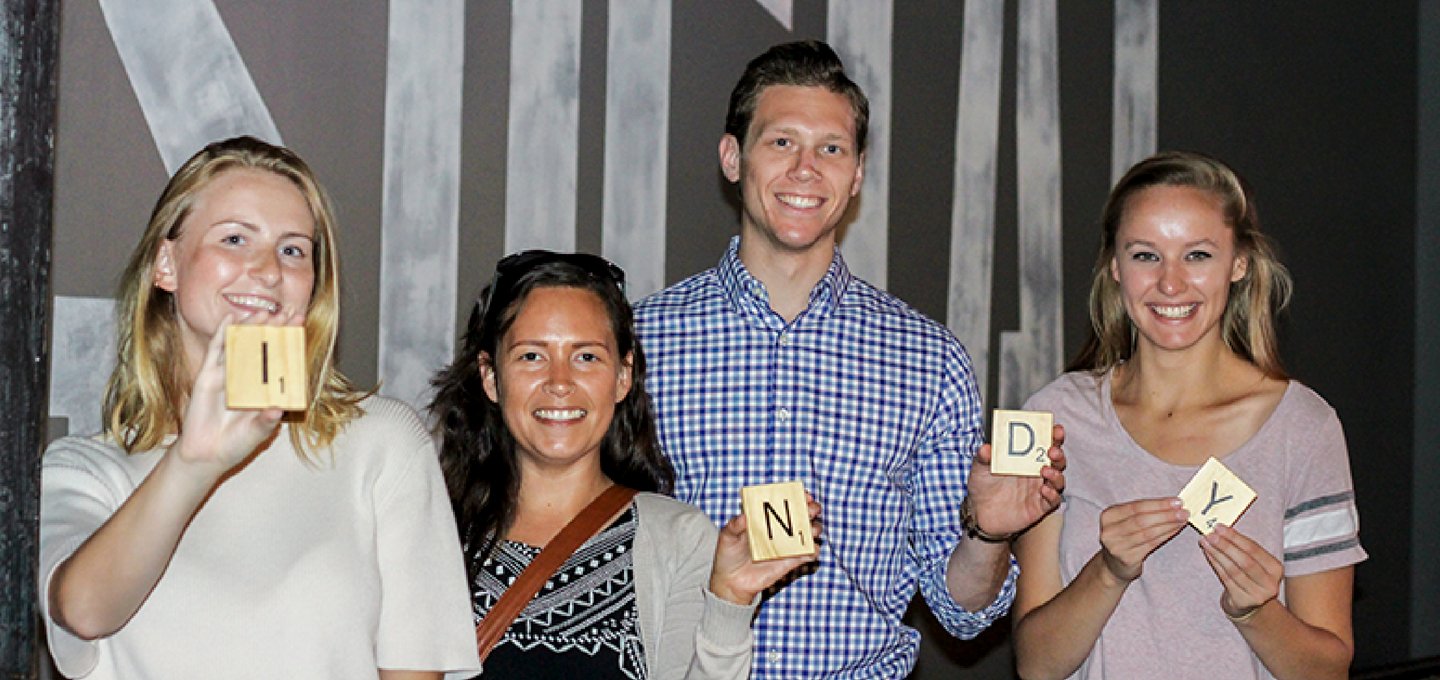Ask the Founders: Fundraising for tech companies
We’ve seen a number of published stories praising the state of the current tech ecosystem in Indiana. Another highly significant sign of this success is the willingness of venture capital firms to invest in Indiana tech companies. In the past several months, we’ve witnessed significant capital raises including Springbuk’s $20 million Series B and Series A raises by Zylo ($9.3 million) and Bolstra ($1.5 million). We spoke with the founders of these companies to gain insights on the process of raising the money and what it means to the Indiana tech ecosystem.
Where did you begin and what did your plan look like?
Phil Daniels, Co-Founder, Springbuk: We took a very intentional and strategic approach, with the belief that the funding partner is equally (if not more) important than the actual deal mechanics. Thus, we treated it like a true sales or recruitment process where we developed a target list and communication plan.
Eric Christopher, CEO and Co-Founder, Zylo: We planned to spend the last couple of months at the end of the year so we could start with a round of fresh capital for 2018. We were lucky to have a great network of investors to start with and the group grew from there. We planned to find a strategic new institutional investor and then include some additional investors around our lead investor.
When did you decide to pursue this round of funding?
Eric: We had some milestones we wanted to accomplish as it related to product maturity, product market fit, revenue, and customer acquisition. We decided we were ready for a Series A, and we had a great opportunity to solidify our market leadership in the new category of software we were building.
Haresh Gangwani, CEO and Co-Founder, Bolstra: The current extension round was decided in Q3 2017 as we went up-market into enterprise customers.
How did you decide on the valuation you sought?
Eric: The valuation was a byproduct of what we hoped to accomplish. Our progress allowed us to ensure the valuation was right and was great for new investors, the existing ones, and for our employees.
Haresh: We looked at traction, technology, team and turf. Our traction was based on our current customers and sales bookings. We believed that our technology was a differentiator in that it was revolutionary and disruptive to the rest of the market. Prior success is a contributor to determining valuation. The majority of the senior leadership team has experienced successful exits–in some case more than once. Finally, we surveyed our turf. Our customer success industry is a hot space! The growth engine which used to be customer acquisition is now customer retention (i.e. customer success).
Who did you turn to for guidance/mentorship? Why?
Phil: Not only did our board understand the business and growth plans, they also were able to share their perspectives on trends in the capital markets, valuation movement, and deal structure.
Eric: We leaned on our seed investors, both locally and on the coasts. I’ve built a lot of trust with them and haven’t gone wrong yet with their guidance. Also, it was great to get a few different perspectives to allow our leadership team to shape our strategy.
Haresh: The first person I reached out to for tips on how to pitch to an investor was Bill Godfrey. I have worked with him at two prior companies, and he was my first angel investor.
Did you experience any challenges? Or surprises?
Eric: The biggest challenge is balancing your time between doing a funding raise and running the business without disruption. Time away from family and friends is also difficult.
Haresh: I was surprised when our current investors–whom I hadn’t talked to in a while–came back and invested a lot more than their first round. The challenge is how long it takes to get the funding completed.
What lessons did you learn from this funding round?
Phil: We learned the importance of conducting an intentional and organized process. Viewing fundraising with a “funnel” approach enabled us to identify key partner prospects, track our progress and measure our options.
Eric: When you fundraise, you learn a lot about the market, your competition, and ultimately how to benchmark your business against many others–even those outside of your market. The biggest thing I learned is every investor is different, and you can’t tailor your story to meet what they want. You need to focus on finding the investor who believes in your business and market today, and then believe they can help you in the stages ahead.
What’s your perspective on tech funding in Indy? Did this round change your opinion in any way?
Phil: We’re encouraged with tech funding in Indy. In this first quarter alone, our local ecosystem has benefited from the collective success from out-of-state capital finding Indiana ventures. It’s further validation that we can build scalable software in Indianapolis.
Haresh: It’s amazing! Investors who fund companies keep the entrepreneurs grounded in reality and provide guidance. Even those who don’t invest often give constructive feedback and advice.
Eric: Tech funding in Indy has never been stronger and I don’t think we’ve reached the peak. I hope we are a fire starter for the next generation of companies raising venture capital both from local and national investors. This round didn’t change my opinion; it validated it.
Explore more funding-related stories on TechPoint Index.




